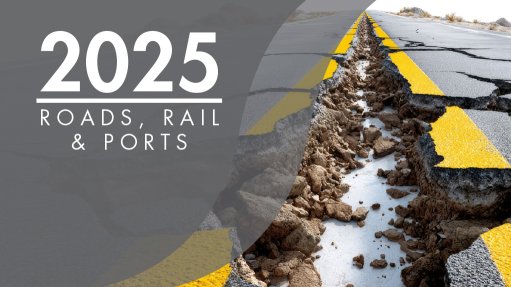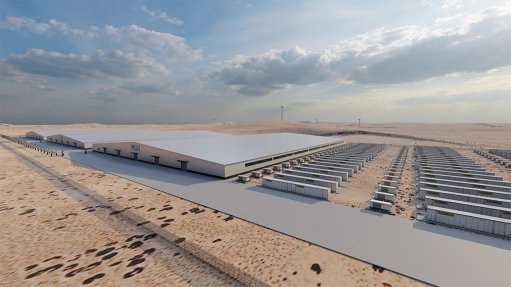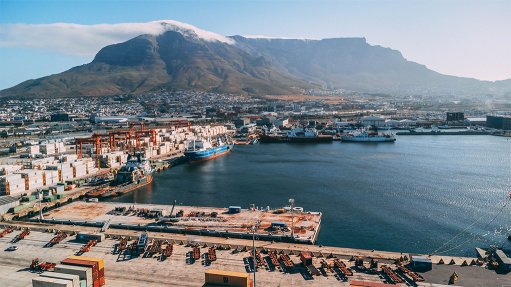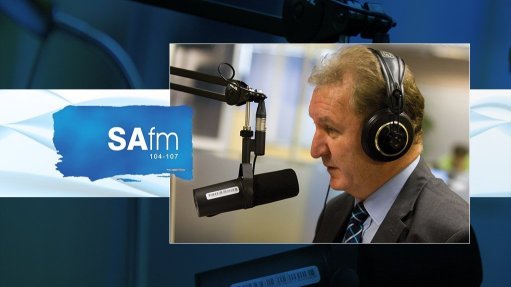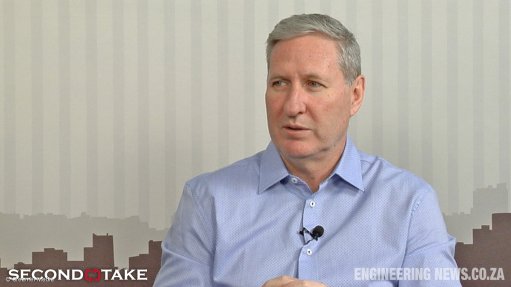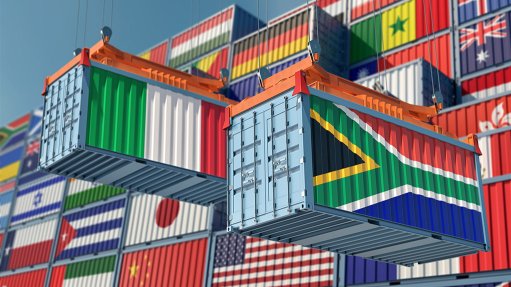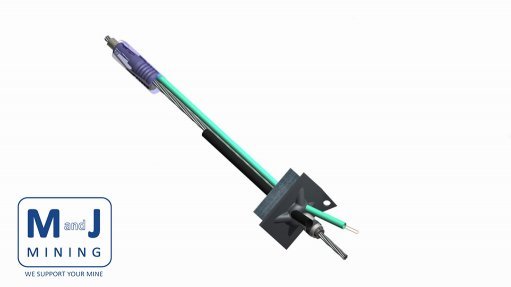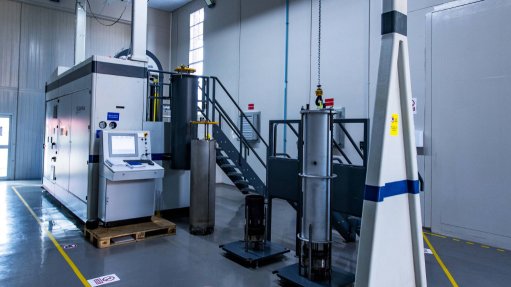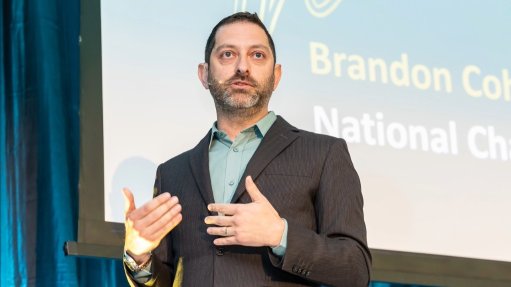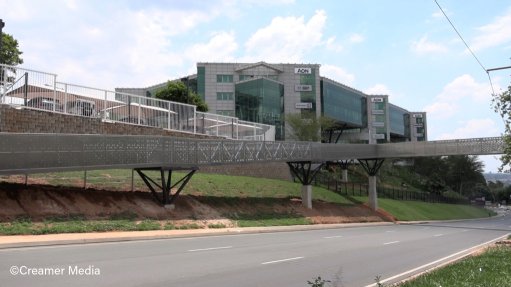Department says electrification scheme to be ‘repurposed’ to tackle R75bn backlog by 2030

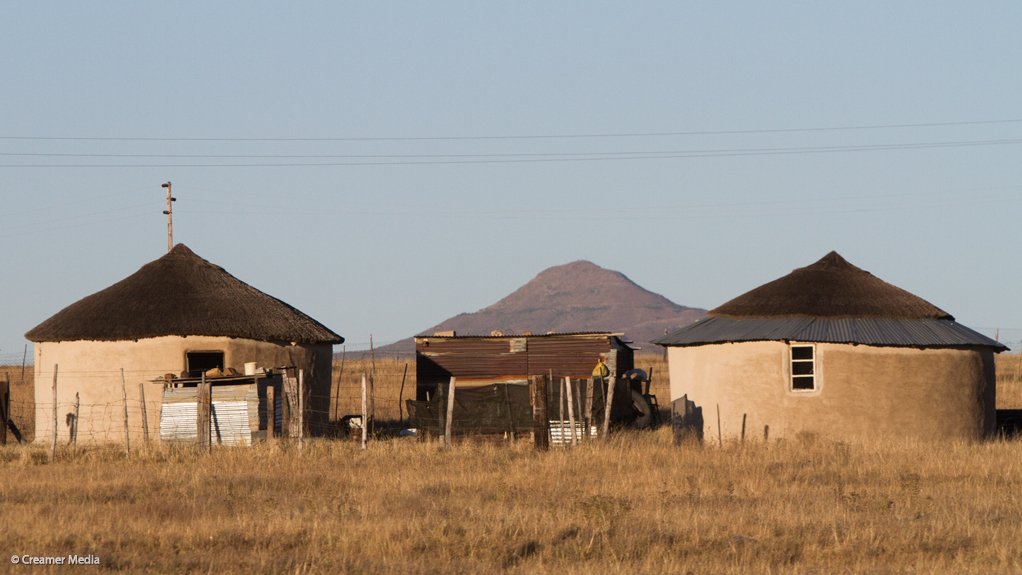
New plan to integrate microgrids to deliver electricity to far-flung rural areas
Photo by Creamer Media
The Department of Electricity and Energy has provided additional information about its proposal to repurpose the Integrated National Electrification Programme (INEP) to meet the country’s 2030 universal access commitment – one that would involve electrifying some 1.6-million households at an estimated cost of R75-billion.
The grant-based INEP scheme was launched in 2001/2 and Eskom and municipalities have used the R110-billion allocated to the programme over the decades to electrify some 8.4-million households and increase the country’s electrification rate to over 94%.
However, deputy director-general Thabo Kekana told the Parliamentary Portfolio Committee on Electricity and Energy that the remaining connections were more technically challenging and expensive to implement.
He added that the existing INEP delivery and funding model would also be unable to achieve the 300 000 grid connections required yearly to meet the National Development Plan’s universal-access target for 2030.
About 167 000 households were currently being connected yearly by Eskom, and some 200 participating municipalities funded using a National Treasury grant allocation of about R4-billion.
FUNDING MODEL UNCERTAIN
The funding model for the repurposed programme had not been finalised, with Kekana confirming only that it hoped to enter into a partnership with the Development Bank of Southern Africa (DBSA) to help firm up the funding and delivery mechanisms.
The intention, however, was to establish a project management office at the DBSA, drawing lessons from the Independent Power Producer Office with regards to attracting private capital and in ensuring transparency.
He also confirmed that one idea was to assess the feasibility of using the R4-billion yearly grant allocation as the basis for the creation of a blended finance instrument that was able to attract additional capital, including potentially from the Just Energy Transition Partnership.
It was not immediately clear how the investments would be recouped, particularly given that the recipients of the new connections would be poor households that were already facing affordability pressures.
Various lawmakers also expressed concern about the threat of additional illegal connections.
The department made reference to the current review of the electricity pricing policy, which included a possible plan to raise the monthly free basic electricity allowance from 50 kWh to 200 kWh.
In addition, reference was made to tiered tariff models, where households consuming less electricity paid lower rates, as well as a possible flat-rate tariff for off-grid solutions and subsidies for rural and informal areas.
HYBRID MODEL
In collaboration with the South African National Energy Development Institute (Sanedi), the department said it had developed a repurposed model that adopted a so-called hybrid approach, involving both conventional grid connections and decentralised systems, such as microgrids comprised of solar, batteries and inverters.
Sanedi’s Dr Karen Surridge said the criteria for determining whether to proceed with a conventional grid connection or a microgrid would be based on the cost of the new connection, the distance from existing infrastructure, population density, geographic conditions, and energy demand.
She also outlined the three types of microgrid solutions that would be considered, including:
- An entry-level and standalone solar-battery-inverter system for poor households in remote areas, which would provide electricity only for lighting, phone charging and light appliances;
- Larger systems for rural communities that could offer lighting, small refrigeration, and some light appliances; and
- A full microgrid, which would provide households with a comprehensive electricity service that could support larger appliances and small business activities.
Describing access to electricity as a basic right, Surridge argued that the repurposed programme should receive priority attention and noted that there were now technological solutions that could be leveraged to deliver on the universal access commitment.
“The department will explore and implement funding models in collaboration with the DBSA and the private sector to fund the much-needed capital expenditure for the next five years,” she added.
Article Enquiry
Email Article
Save Article
Feedback
To advertise email advertising@creamermedia.co.za or click here
Comments
Announcements
What's On
Subscribe to improve your user experience...
Option 1 (equivalent of R125 a month):
Receive a weekly copy of Creamer Media's Engineering News & Mining Weekly magazine
(print copy for those in South Africa and e-magazine for those outside of South Africa)
Receive daily email newsletters
Access to full search results
Access archive of magazine back copies
Access to Projects in Progress
Access to ONE Research Report of your choice in PDF format
Option 2 (equivalent of R375 a month):
All benefits from Option 1
PLUS
Access to Creamer Media's Research Channel Africa for ALL Research Reports, in PDF format, on various industrial and mining sectors
including Electricity; Water; Energy Transition; Hydrogen; Roads, Rail and Ports; Coal; Gold; Platinum; Battery Metals; etc.
Already a subscriber?
Forgotten your password?
Receive weekly copy of Creamer Media's Engineering News & Mining Weekly magazine (print copy for those in South Africa and e-magazine for those outside of South Africa)
➕
Recieve daily email newsletters
➕
Access to full search results
➕
Access archive of magazine back copies
➕
Access to Projects in Progress
➕
Access to ONE Research Report of your choice in PDF format
RESEARCH CHANNEL AFRICA
R4500 (equivalent of R375 a month)
SUBSCRIBEAll benefits from Option 1
➕
Access to Creamer Media's Research Channel Africa for ALL Research Reports on various industrial and mining sectors, in PDF format, including on:
Electricity
➕
Water
➕
Energy Transition
➕
Hydrogen
➕
Roads, Rail and Ports
➕
Coal
➕
Gold
➕
Platinum
➕
Battery Metals
➕
etc.
Receive all benefits from Option 1 or Option 2 delivered to numerous people at your company
➕
Multiple User names and Passwords for simultaneous log-ins
➕
Intranet integration access to all in your organisation






